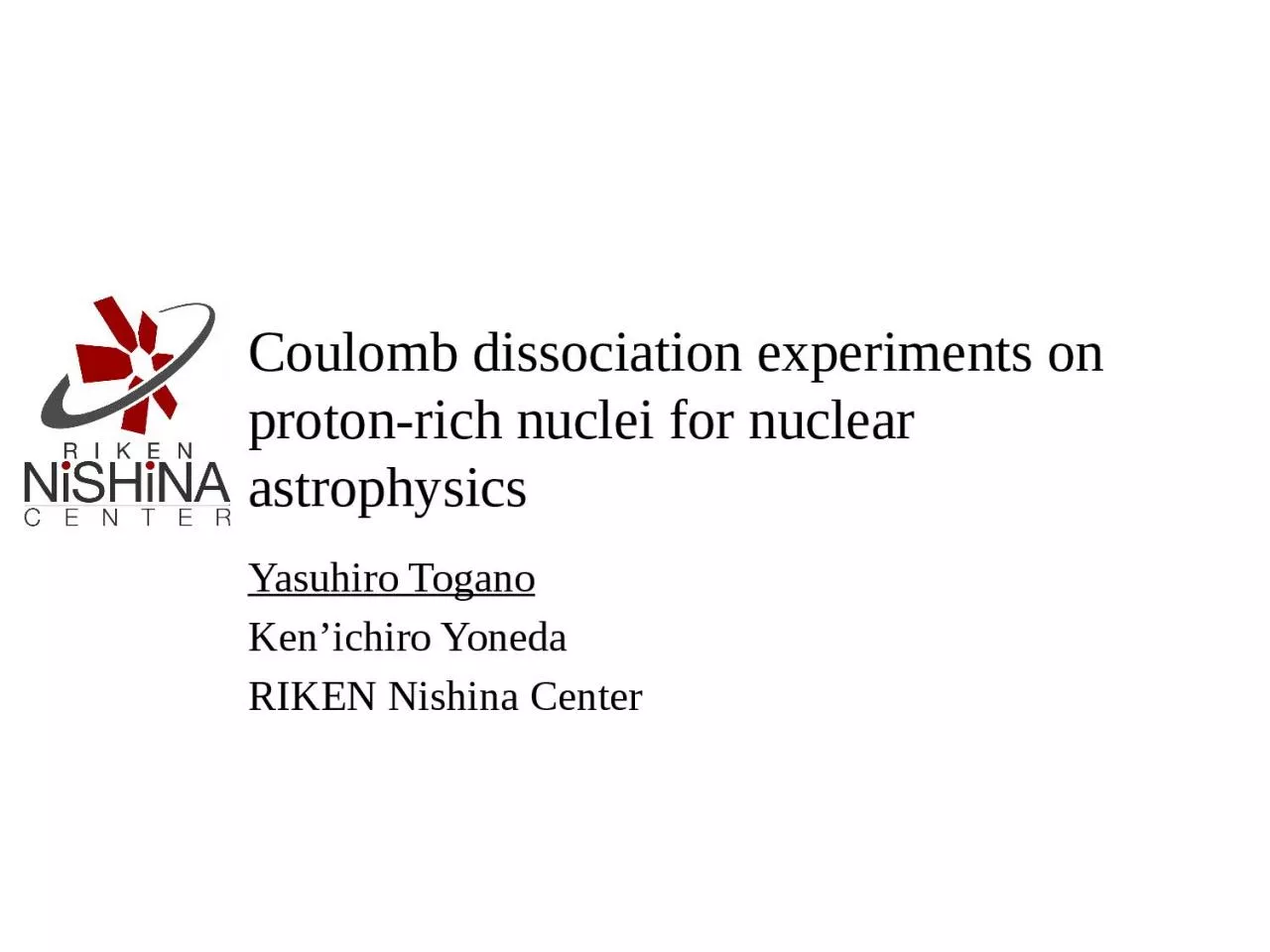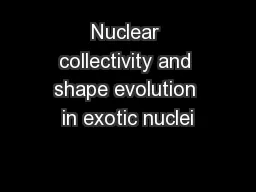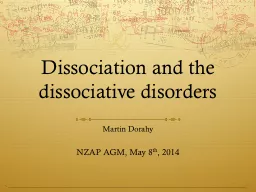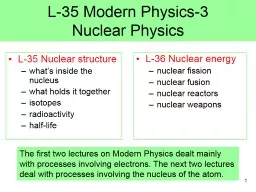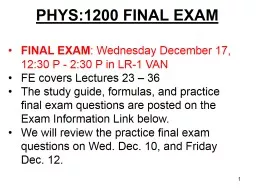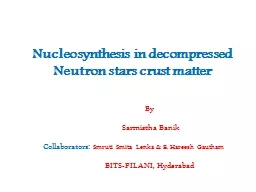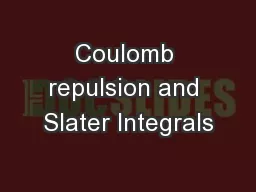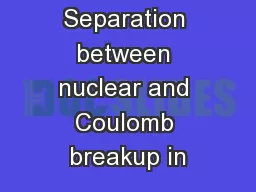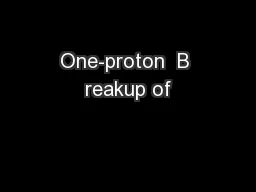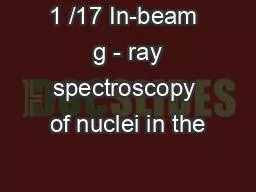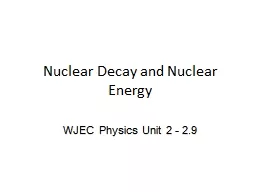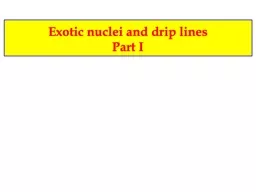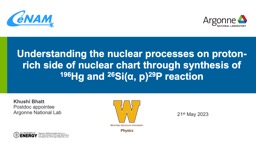PPT-Coulomb dissociation experiments on proton-rich nuclei for nuclear astrophysics
Author : mary | Published Date : 2024-02-09
Yasuhiro Togano Kenichiro Yoneda RIKEN Nishina Center Rapid proton capture rp process neutrons protons rp process Mass known Halflife known nothing known Accreting
Presentation Embed Code
Download Presentation
Download Presentation The PPT/PDF document "Coulomb dissociation experiments on prot..." is the property of its rightful owner. Permission is granted to download and print the materials on this website for personal, non-commercial use only, and to display it on your personal computer provided you do not modify the materials and that you retain all copyright notices contained in the materials. By downloading content from our website, you accept the terms of this agreement.
Coulomb dissociation experiments on proton-rich nuclei for nuclear astrophysics: Transcript
Download Rules Of Document
"Coulomb dissociation experiments on proton-rich nuclei for nuclear astrophysics"The content belongs to its owner. You may download and print it for personal use, without modification, and keep all copyright notices. By downloading, you agree to these terms.
Related Documents

